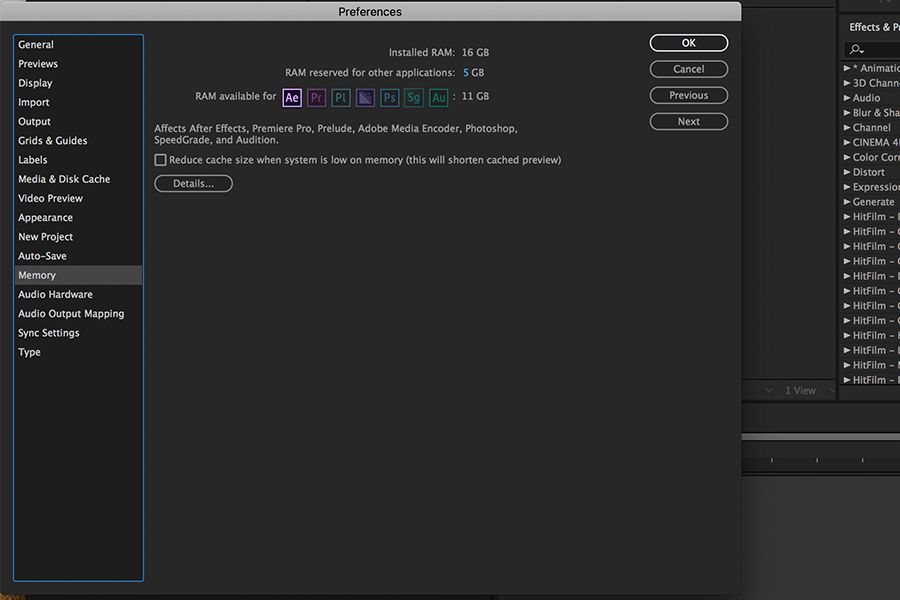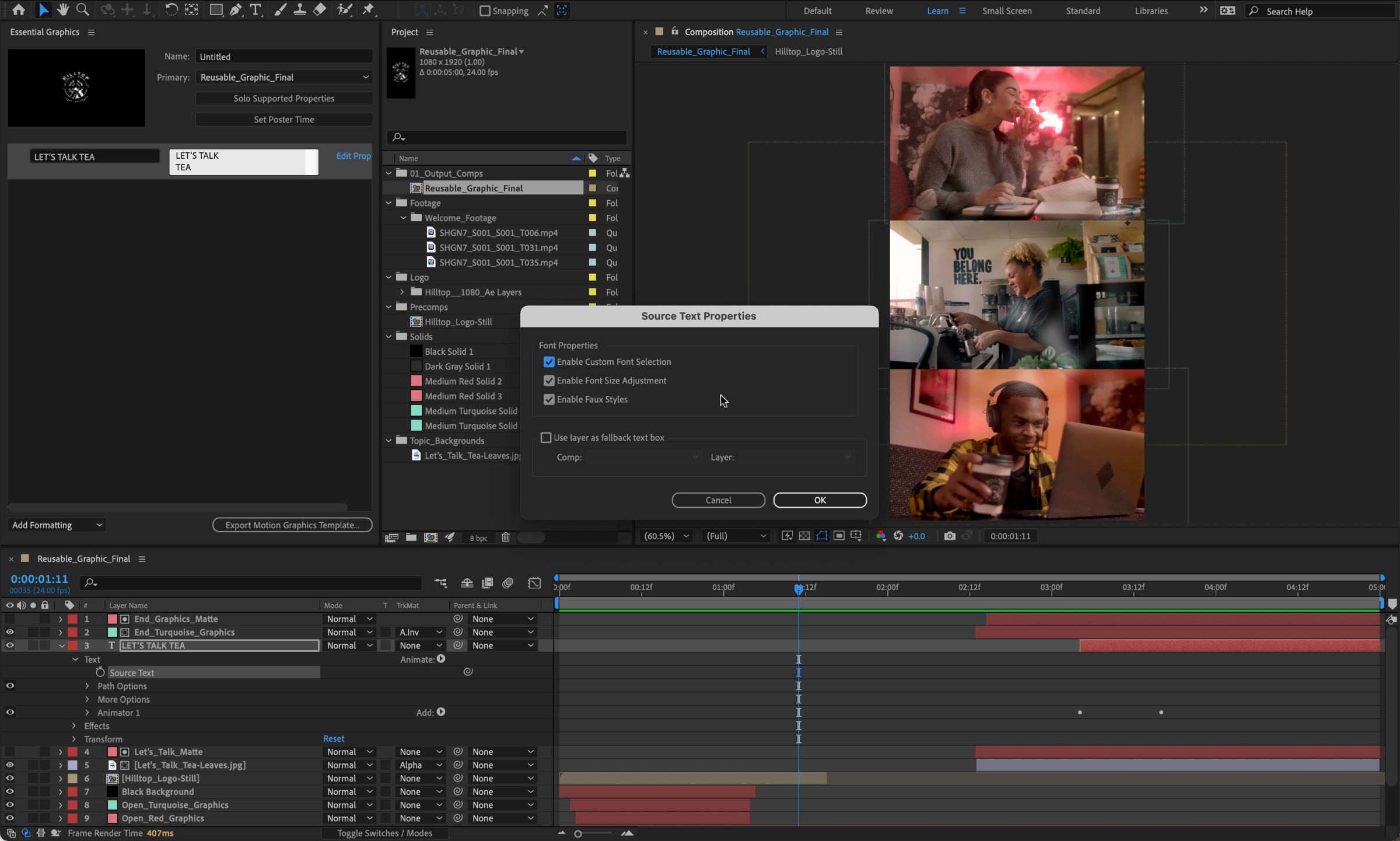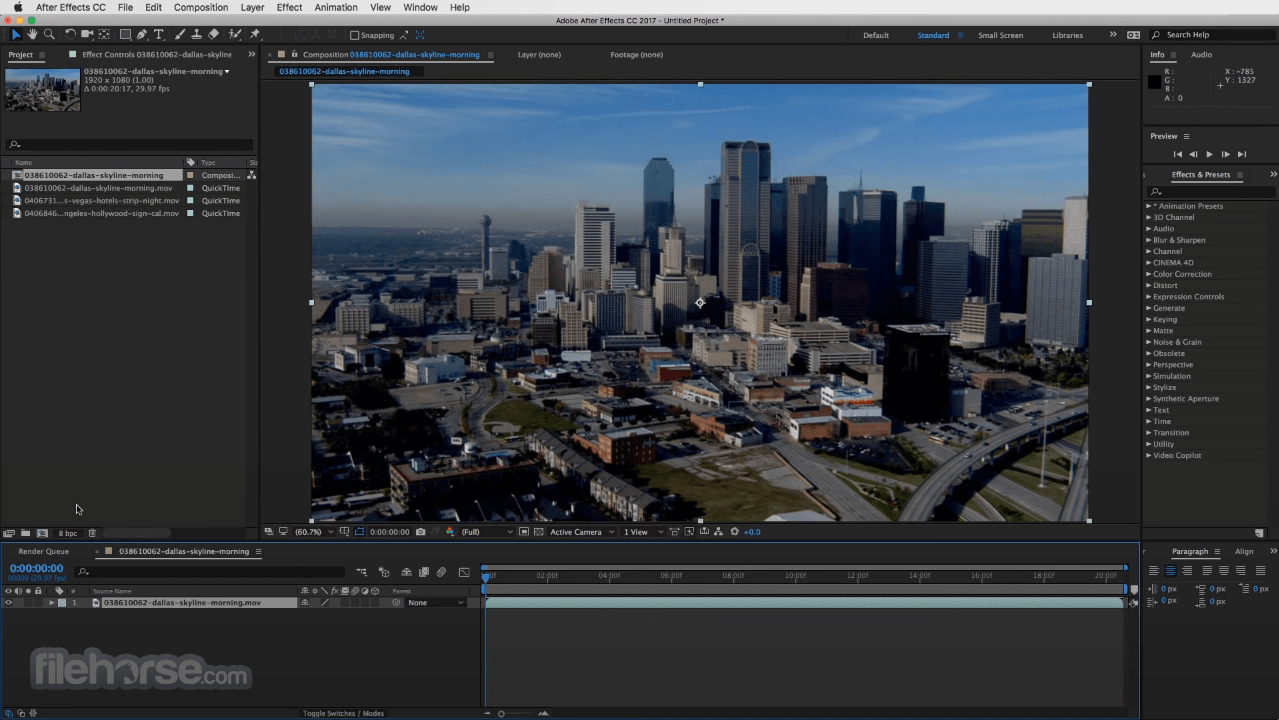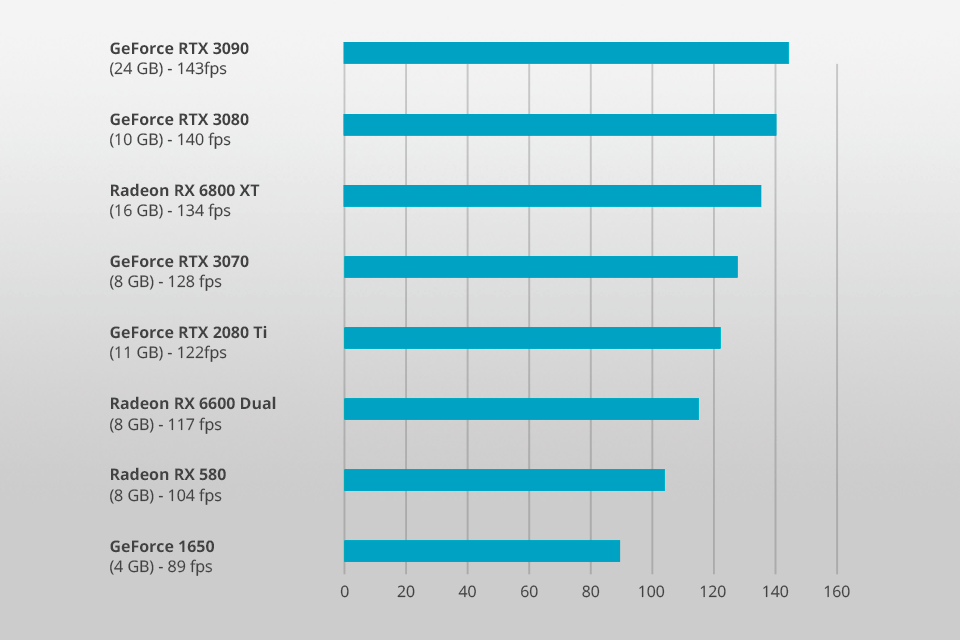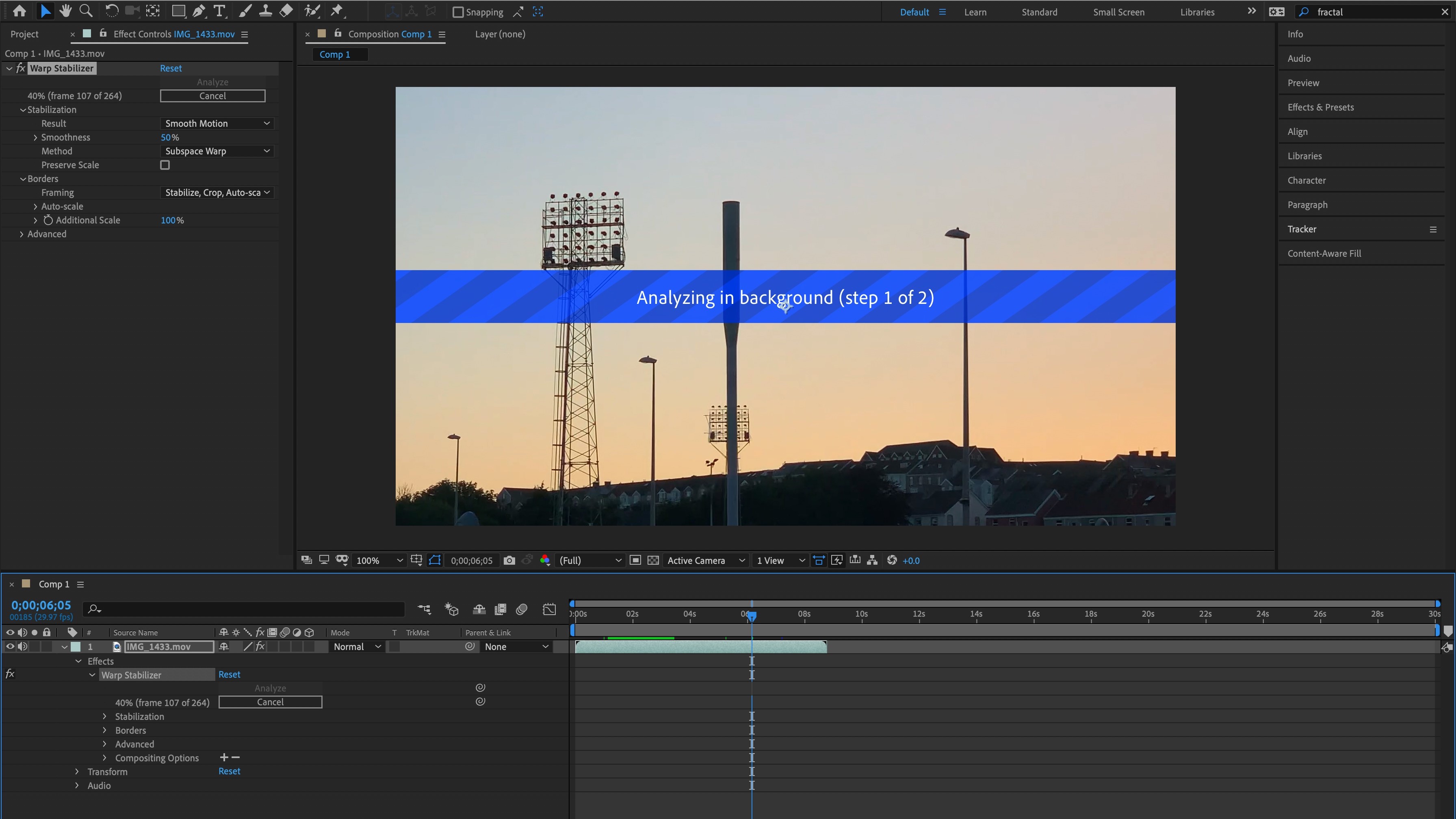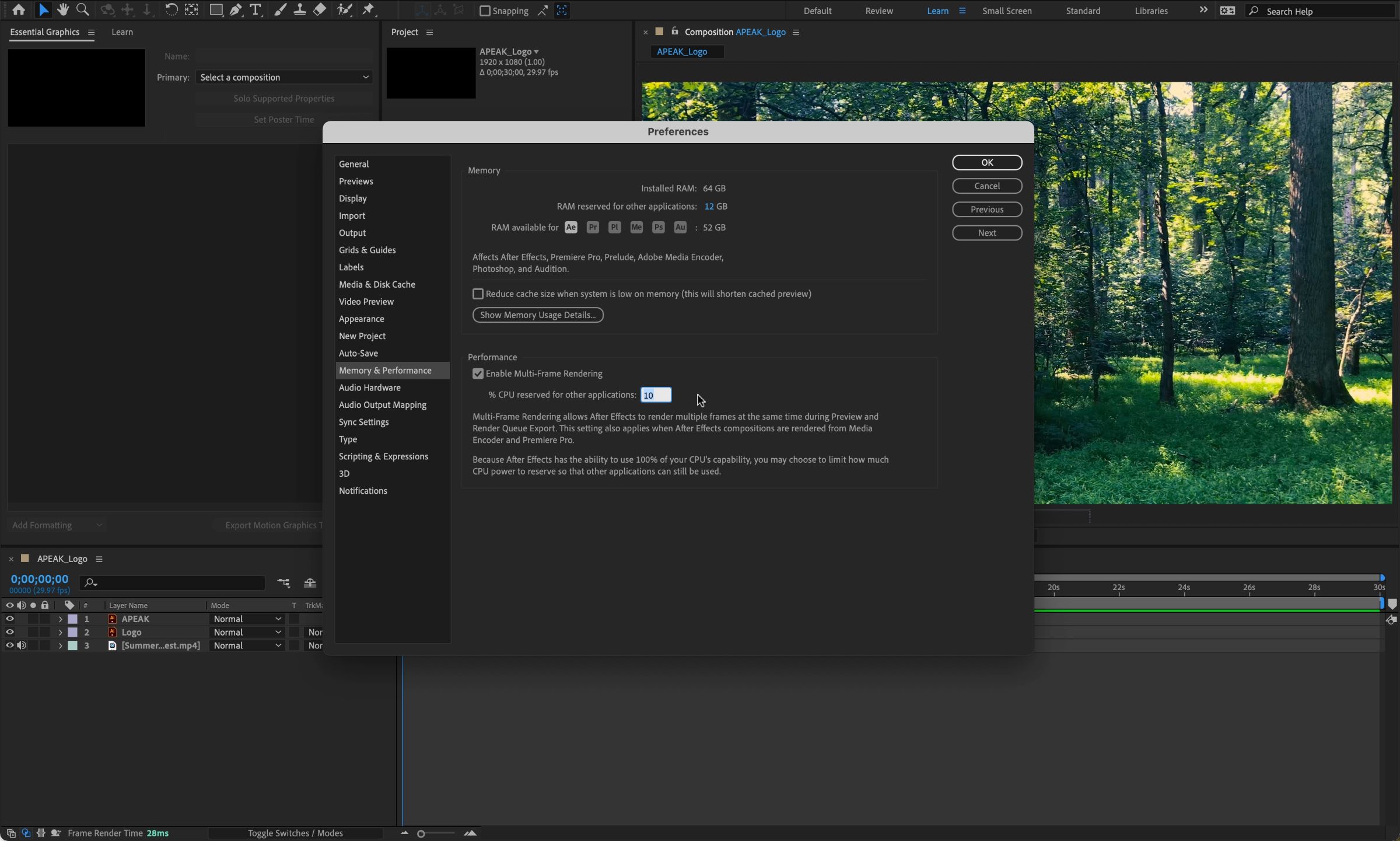How Many Gb Is Adobe After Effects

Adobe After Effects, a cornerstone of motion graphics and visual effects, demands considerable digital real estate. Users, from independent filmmakers to large-scale production houses, frequently grapple with understanding its storage requirements. This article delves into the intricacies of After Effects' size and associated storage needs, providing a comprehensive guide for prospective and current users.
At its core, the application itself occupies a specific amount of space, but that's merely the starting point. This article breaks down the actual footprint of Adobe After Effects, considering the initial installation size, the impact of project files, cache files, and the overall implications for system performance.
Initial Installation Size: A Moving Target
The initial installation size of Adobe After Effects fluctuates based on the version and included components. Generally, users can expect the core application to occupy between 3GB and 5GB of disk space. This figure accounts for the essential program files, default plugins, and supporting libraries necessary for After Effects to function.
However, this is a base estimate. Optional components, such as additional content packs or integration tools, can increase the initial installation size. Users should carefully review the installation options to tailor the installation to their specific needs and avoid unnecessary bloat.
Factors Affecting Initial Size
The specific version of After Effects plays a significant role. Newer versions often include updated features and enhanced capabilities, potentially leading to a larger initial footprint. Similarly, the operating system (Windows or macOS) can subtly impact the installation size due to differences in system libraries and file structures.
Project Files: The Real Space Hog
While the application itself takes up a certain amount of space, the true storage burden comes from project files. After Effects projects, especially those involving high-resolution footage and complex compositions, can quickly balloon in size. A single project can easily reach tens or even hundreds of gigabytes.
The size of project files depends on a multitude of factors. The resolution of source footage (e.g., 4K or 8K), the number of layers in a composition, the use of pre-rendered elements, and the inclusion of uncompressed audio all contribute to the overall project size. Careful project management is therefore crucial.
Managing Project File Size
Several strategies can help mitigate the storage impact of After Effects projects. Employing proxy files – lower-resolution versions of source footage – can significantly reduce project file sizes without sacrificing visual quality during editing. Efficient use of pre-compositions and optimized layer arrangements can also contribute to smaller, more manageable projects.
Cache Files: Temporary Space, Permanent Impact
After Effects utilizes cache files to improve playback performance. These files store rendered frames and other data, allowing for smoother previewing and faster rendering. However, cache files can consume substantial disk space over time.
The size of the cache can be configured within After Effects' preferences. Users can specify a maximum disk space allocation for the cache, preventing it from growing uncontrollably. Regularly clearing the cache is also a recommended practice to free up storage space.
Optimizing Cache Settings
Finding the right balance between cache size and performance is essential. A larger cache can improve playback speed but can also consume more disk space. Experimenting with different cache settings and monitoring disk usage can help users optimize their workflow.
System Requirements and Performance Implications
Beyond storage considerations, After Effects demands significant processing power and RAM. Running After Effects on a system with insufficient resources can lead to sluggish performance and frequent crashes.
Adobe recommends a minimum of 16GB of RAM for After Effects, with 32GB or more recommended for complex projects. A fast processor and a dedicated graphics card are also crucial for smooth operation. Solid-state drives (SSDs) are highly recommended for both the application and project files to improve loading and rendering speeds.
Looking Ahead: Future Trends in Storage and Performance
The storage demands of After Effects are likely to increase in the future. As video resolutions continue to rise and projects become more complex, users will need to adapt their storage and hardware configurations accordingly. Cloud-based storage solutions and advancements in compression technologies may offer some relief, but a proactive approach to storage management will remain essential.
Ultimately, understanding the storage requirements of Adobe After Effects is crucial for a smooth and efficient workflow. By carefully managing project files, optimizing cache settings, and ensuring adequate system resources, users can harness the full potential of this powerful software without being overwhelmed by its storage demands. Planning ahead and investing in appropriate storage solutions is an investment in productivity and creative freedom.
